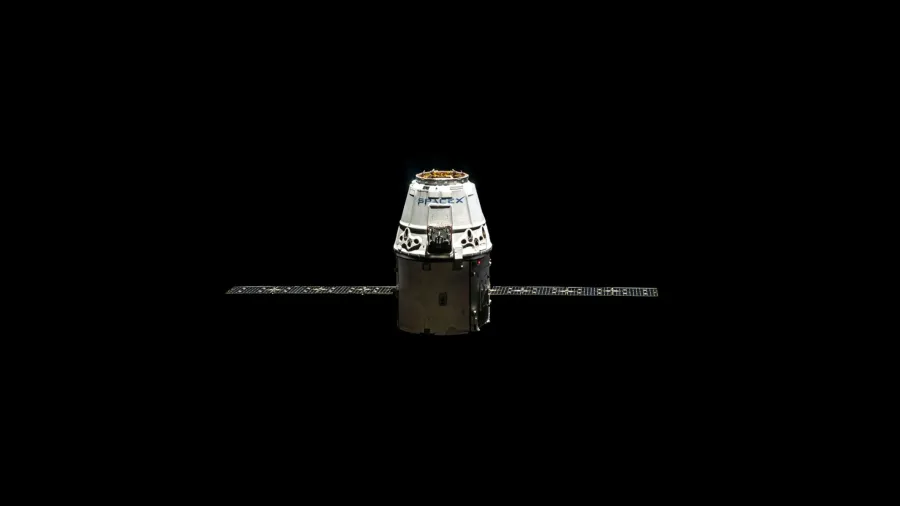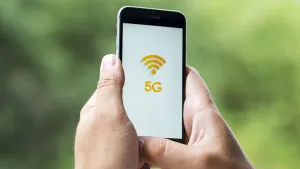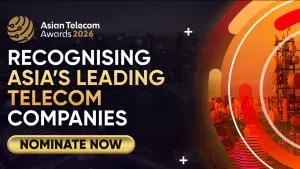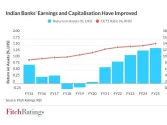
Growth of satellite broadband could disrupt traditional providers
A surge in LEO could challenge Asian operators, argues Deloitte.
Deloitte Global has predicted that over 5,000 broadband satellites will be in low Earth orbit (LEO) by the end of 2023. These satellites will make up two working constellations that will provide high-speed internet to nearly a million subscribers on all parts of the planet, no matter how remote.
Looking further out, if every organization currently planning to build an LEO constellation succeeds, there could be seven to 10 competing networks operational by 2030. These networks could have a total of 40,000 to 50,000 satellites serving more than 10 million end users.
The anticipated surge in satellite broadband deployments is likely to lead to the emergence of new applications, lower prices, improved coverage and reliability, and lower latency. However, complications such as a crowded orbital environment and competition over the spectrum, orbital slots, launch capacity, and access to terrestrial markets could slow the industry down.
Major competitors in this space include SpaceX's Starlink, Amazon's Kuiper, and OneWeb. Keeping satellites out of harm's way is a major challenge for companies in this space, requiring space situational awareness and effective space traffic management. Currently, governments generally provide data for SSA and regulate STM, but they are ill-equipped to handle the increased complexity and scale of the commercial space sector.
Therefore, there is a growing consensus that the private sector, and in particular satellite operators, should take on a greater role in STM. This could involve greater sharing of SSA data, improved communication and coordination among operators, and the development of new technologies and practices.
The growth of satellite broadband constellations has the potential to revolutionize the way people access the internet and connect with each other, regardless of their location. However, as with any emerging technology, there are also challenges and obstacles that need to be overcome in order for it to reach its full potential.
Prime among these is commercial SSA, which, while niche today, could grow to $1.4b by 2032.














